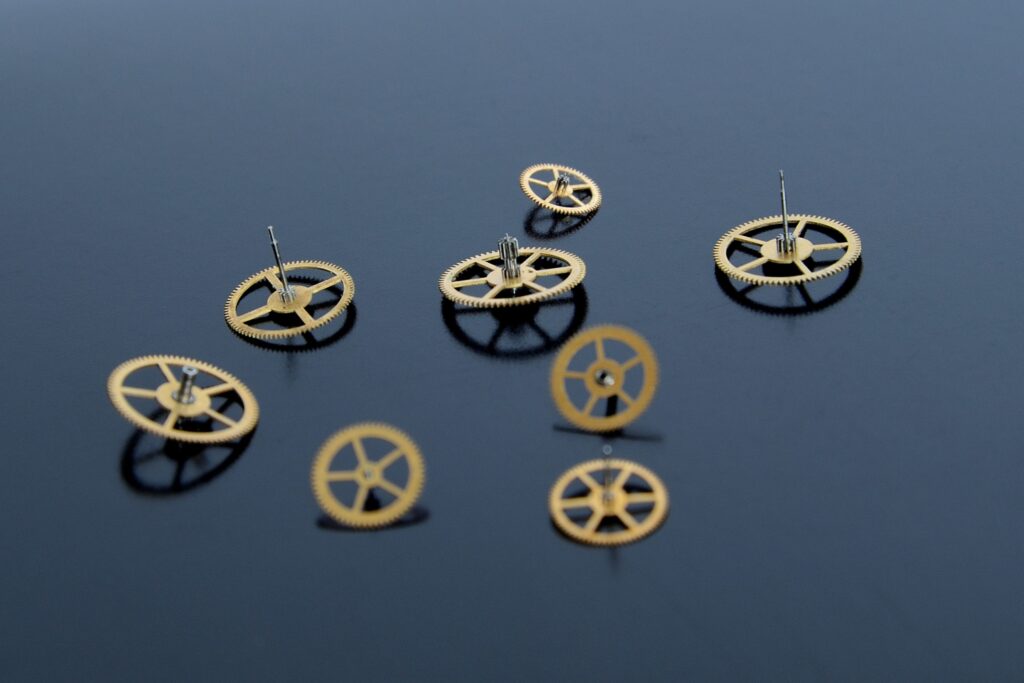What Happened: Three Games to Help You Develop Fighting Awareness

Awareness is an essential part of martial performance and learning. It allows you to know and understand your successes and failures—an important goal of good training. The sense of where your body is in space is at the heart of of bio-mechanical conditioning, and without sharp and broad perception in a fight, it’s hard to adapt, respond, and take opportunity when required.
Merriam-Webster defines “awareness” as:
- Knowing that something (such as a situation, condition, or problem) exists
- Feeling, experiencing, or noticing something (such as a sound, sensation, or emotion)
- Knowing and understanding a lot about what is happening in the world or around you
In this three-part series (part 2, part 3) I will be addressing each of the points of this definition, how they relate to combat, and exercises you can do to increase your awareness in each area.
Developing Recall: Knowing That Something Exists
When asked “What happened in that last exchange?”, it is not uncommon for a student to tell me they “don’t know” or they “can’t remember”. I have found this to be the case even with some of the most gifted fighters I have taught and fenced with. Without this ability, however, it’s difficult to build personalized training plans to fix problem areas, identify patterns in yourself and others, and adapt on-the-fly within a stressful environment.
These three games are fun to practice, and can help you develop rapid and effective recall.
Commentator Recap
Fight a series of bouts with a partner. Stop after each successful hit (against or for), and with your partner identify the following:
- Who got struck.
“You hit me…” - Where and how they got struck.
“… with a thrust in the high right side of my chest.” - What were the positions of both fighters (weapons and bodies) at the moment of the strike.
“You were on my outside line, in Right Window. I was in Long Position. You had pushed my point out to your right, over your shoulder.” - What happened in the tempo (step) leading up to that moment.
“You were cutting downward. I parried above my head with the right window, blocking your sword and putting in my thrust.” - What happened in the tempo before that.
“You lowered your sword point slightly. I saw an opportunity to attack your head so I delivered a downward cut.”
The more precise you can be in your language the better. To this description I might add the names of the specific angles of attack and the exact timing of the successful strike (Italian: primo tempo, control tempo, etc.; German: vor, nach, indes).
Do this as rapidly as you can. I recommend having one person make a complete description, then have the other person agree or disagree and add missing detail. Alternate with each hit who describes first. Don’t be surprised if you and your partner often have different ideas of what happened. Some actions can be interpreted several ways!
Recall is a skill, not a talent. Until you begin exercising this ability, it is unlikely that you will have it. From a base of successful recall you can more readily identify patterns and openings, and reconstruct a given situation with the purpose of drilling an answer or preventative action.
Instant Replay
- Fight a bout with a partner.
- At any point, either fighter can say “Replay” or “Do that again”
- Both fighters must go back one action (a full tempo) and then repeat their actions again, staying as faithful to the first instance as possible.
Try doing this after a successful hit, after you’ve lost control of the opponent’s blade, or after you’ve been parried. Return as rapidly to the situation as possible. Using this game you could also choose to rewrite the ending. Have your partner repeat their action and make a new counter-action to it. Repeat it a few times and then return to free-form sparring.
It will take a bit of practice to be able to instantly return to a previous action, but the ability to “see” individual movements and interactions in combat is a powerful one for building drills and seeing opportunities.
Rewind
- Fight until you or your partner makes a successful hit.
- Pause at the hit, or return to the configuration of the hit (sword frozen on the target, both fighters and weapons positioned as they were at that moment.)
- Rewind from that moment, reversing time into the previous action, and the action before that.
You could combine this with the Instant Replay game. Making the hit, rewinding it, then making the hit again. You could also rewind the action, start it over and then counter it with a different response. You could also go through this sequence, then step away and recap verbally what happened in the actions.
The mental work required to recreate a complex fencing action is significant and can feel arduous at first. It’s certainly easier to just keep fighting mindlessly. However, the capacity to reflect, and to do so effectively, is the difference between someone who continually repeats the same error expecting a different outcome, and the person who rapidly adapts to more successful courses of action in their fighting and their training.
Enjoy your training!
Devon





Responses